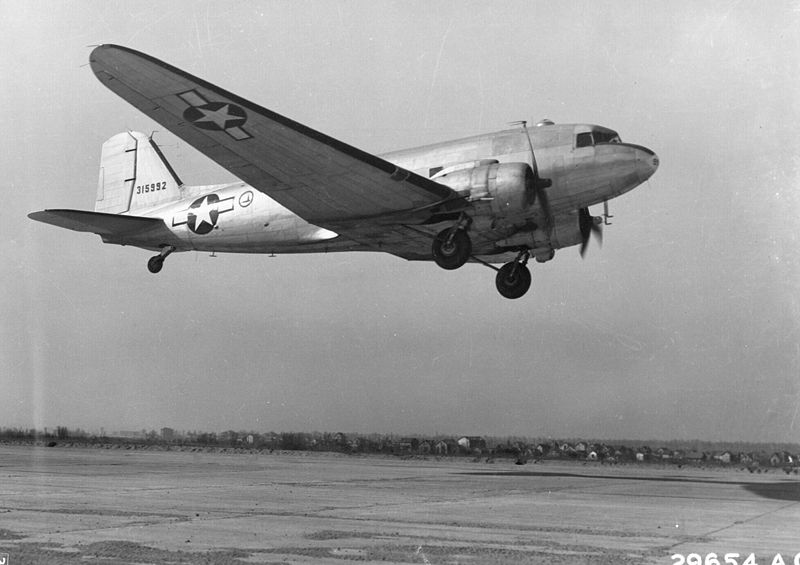1st lieutenant , 33rd squadron 513 group
It takes place:
in Asia
Files:
02-C-46.jpg
Any Landing Your Can Walk Away From is a Good One
It was a rainy morning, and we were getting ready to start on the assigned mission. The procedure was to first inspect the outside of the C-46 for any obvious damage, and check all moving parts of the ailerons, tail elevators and the vertical tail. The length of the plane is 74 ft. 4 inches, with a wingspan of 108 ft. The two wing mounted engines are 2100 horsepower each with a set of four bladed propellers. The weight of the empty plane is 15000 lbs.
We walked from the rear door of the plane, found and mounted the dual parachutes, using them for a seat cushion and the 2nd parachute as a back cushion. We started the two engines while my copilot read the start up sheet, checking each control and dial indicator, as instructed.
After finishing the required checklist procedure, and warming the engines, checking that the magazines were cleared, and the engines were running smoothly, we radioed the control tower for take-off time.
We were at take off position and when the tower gave us the GO command, I increased the power to maximum while we both pressed the brakes with our maximum strength. The entire plane shook as if it was about to fall apart. We removed our feet from the brakes, and the plane started down the runway. It was like driving a truck from a seat 22 ft. above the ground. Between steering the plane down the center of the runway, I adjusted all the trim tabs for maintaining the plane to move straight, trim tabs to start the tail to lift to close to a horizontal elevation before attaining 130 mph, the speed needed to obtain flight. The 130 mph once obtained, I set the controls to gain altitude at 500 ft per minute.
Every take off was a playback in my mind of a take off of a fellow pilot. He was off the ground about 50 ft when he had one of the engines die. His plane was carrying a load of about 7.5 tons of gasoline. The loss of one engine caused his plane to stall and the plane dropped to the ground. The plane went from more than 130 mph to zero, the plane burst into flames, and the pilots could not release their safety belts. As flames engulfed the plane, I heard the screams of the flight crew. None of them made it out alive.
I climbed to my designated altitude, all seemed well, and I started a turn to the left; the plane would not turn. I moved the vertical tail left to right, but nothing happened, there was no movement of the tail, it just flopped in the wind. In order to make a controlled turn, a pilot uses his ailerons on the wings to tilt the plane in a rotating fashion while adding power to the engines and turning the vertical tail rudder. This method is needed to obtain a turn to keep from the plane being thrown out horizontally due to centrifugal force.
I called the field for permission to keep the runway open for emergency landing. This was a learning experience I was never prepared for. I used the engines to aide me in turning, as well as the ailerons, but it was like trying to dance with a bull buffalo. I managed a wide arc to where we could not even see the field. Finally after a struggle, I lined up with the runway and made a landing that we were able to walk away from. I was told that any landing that one can walk away from is a good one.

C-46 transport plane